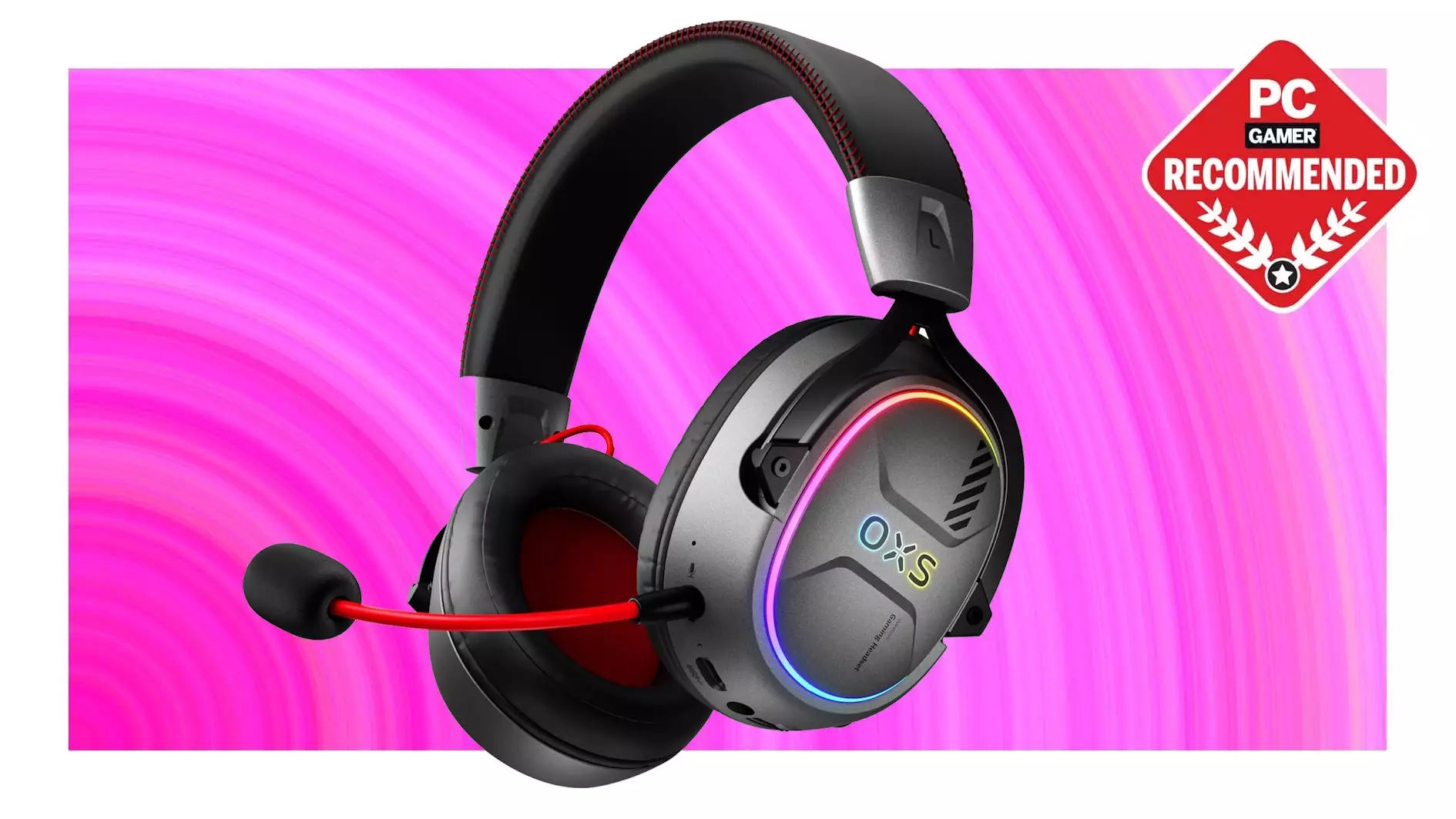In the realm of gaming peripherals, budget options often promise great value but rarely deliver high-end performance. The OXS Storm G2 wireless gaming headset exemplifies this trade-off. Priced at around $50 during Prime Day—a price point that appeals to frugal gamers—it seems like a tempting deal. However, a closer examination reveals that this affordability comes at the expense of sound quality and overall user experience. While it’s easy to get swept up in deals, consumers should maintain a critical eye and ask whether the savings justify the compromises. The Storm G2’s hollow, muddled soundscape and limited EQ options highlight the limitations of a low-cost product attempting to serve as a gaming headset.
Much of our appreciation for gaming gear is rooted in quality assurance; sound clarity and microphone fidelity can make or break the immersion. With the Storm G2, these aspects fall short of expectations, especially when compared to more premium offerings. Yet, its inexpensive price tag might make it an acceptable choice for casual players or those who prioritize convenience over fidelity. Such a perspective serves as a reminder that the economics of gaming peripherals often influence our perceived value more than actual performance.
Design, Features, and Practicality: A Mixed Bag
In the design realm, the Storm G2 scores some points for basic functionality. The inclusion of 2.4 GHz wireless connectivity ensures low latency, which is critical for competitive gaming. Bluetooth support offers versatile device pairing, and the option to use an wired connection adds flexibility. Battery life is commendable, supporting long gaming sessions without frequent recharging—a factor many gamers overlook when selecting their gear. Nonetheless, these features are typical of a standard budget headset, making it hard to distinguish the Storm G2 from other similarly priced models.
Comfort-wise, the headset is reasonably pleasant to wear for extended periods, though this can vary greatly depending on individual head size and preference. The RGB lighting, a feature that often aims to appeal to gamers’ aesthetic sensibilities, is more of an afterthought. Its presence is negligible when the headset is worn, and turning off the lights is straightforward, underscoring the superficial nature of flashy design elements at this price point.
Furthermore, microphone quality is one of the few areas where the Storm G2 stands out, especially considering the cost. While it doesn’t rival high-end headsets, its decent mic ensures clear communication—an essential feature for multiplayer gaming. This pragmatic aspect can be a deciding factor for players who value in-game coordination, reaffirming that even budget gear can serve practical needs.
Is the Storm G2 a Worthwhile Investment—or Just a Cheap Band-Aid?
The core question remains: Should you pick up the Storm G2? From a purely monetary standpoint, it is hard to argue against the price. At around $50, it provides a wireless experience that many competitors double or triple. For casual gamers or those just dipping their toes into multiplayer sessions, it might be enough. As James Bentley from PC Gamer noted, it “doesn’t make any egregious missteps” for its price, which is a fair assessment.
However, beneath this surface-level value lies a more nuanced reality. The sound quality, arguably the most critical aspect of a gaming headset, is lackluster at best. It lacks the richness, depth, and clarity that even mid-range headsets can offer. For serious gamers or audiophiles, the low fidelity is a dealbreaker—no amount of cheap pricing can compensate for a hollow audio experience.
This disparity highlights an important insight: In gaming peripherals, higher price often correlates with better quality. The Storm G2 warrants consideration for those on a tight budget but should not be mistaken for an all-purpose or high-performance device. It is, at its core, a budget-friendly placeholder—a solution for fleeting convenience rather than a long-term investment in gaming excellence.
—
By critically analyzing this product, it becomes clear that affordability and quality are often at opposite ends of the spectrum. While the Storm G2 may serve the needs of casual players, it falls short for enthusiasts seeking immersive sound and refined build quality. Gamers should weigh their priorities carefully—saving money can be a good strategy, but not at the expense of the experience that makes gaming so compelling.

